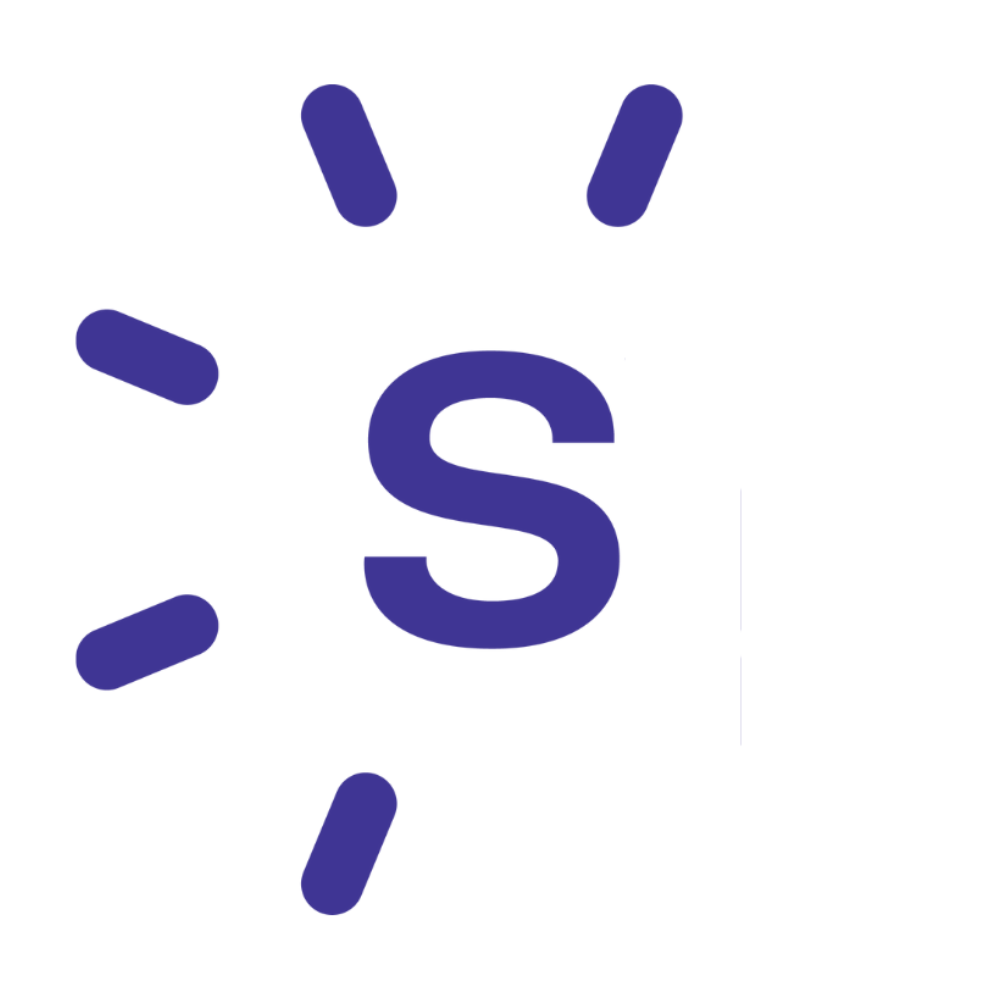Navigating healthcare’s perfect storm: Streamlining for success
How hospitals can leverage technology to improve efficiency, address staffing woes and navigate financial challenges.

The healthcare industry continues to struggle in the face of mounting financial pressure, workforce shortages and the lack of operational efficiency exposed by the pandemic.
Hospitals and health systems have faced a range of financial and operational challenges, including historic patient volume declines, revenue losses and skyrocketing expenses. As of this March, hospital operating margins remain razor-thin at near zero levels, following persistent negative margins throughout last year.
More than ever, it is important that healthcare technology companies work closely with and provide value to healthcare systems to be successful. Without a proven return on investment (ROI), hospitals no longer have the time, resources or finances to implement just any new technology. One way to ensure ROI is investing in streamlining healthcare operations to increase efficiency, improve margins, and reduce the administrative and operational burden on healthcare workers so they can focus on caring for patients.
Focusing on benefits
Streamlining operations and implementing enterprise-wide solutions can address these operational pain points, employee satisfaction and financial losses in several areas.
Recruiting top-tier talent. The ability for hospitals to quickly fill critical clinical positions with qualified candidates can mean the difference between delivering exceptional care and leaving patients dissatisfied. The relationship between improper hospital staffing and poor patient outcomes is well-documented – insufficient staffing leads to patient safety issues and fuels staff burnout. In addition to causing adverse clinical outcomes, inadequate staff-to-patient ratios have a negative financial impact and often lead to increased costs from filling staffing gaps with overtime or per-diem labor. Leveraging the right recruiting software enables hospitals to streamline the applicant tracking process to fill open positions quickly to ensure that the organization has the talent it needs to meet critical business and care objectives.
Streamlining credentialing. After you’ve recruited that great talent, it is important to get them credentialed and onboarded at the hospital as soon as possible. Each day a provider is stuck in the credentialing process, they are not providing care for patients, resulting in delayed or lost revenue. Even worse, mismanaged credentialing can increase the risk of patient harm or death. In addition to causing pain and stress for patients and their families, this can result in expensive negligent credentialing lawsuits with lingering impacts on healthcare system finances and reputation. Software that can streamline the entire provider lifecycle, from initial credentialing application to performance monitoring, is critical to success.
Optimizing scheduling. If you're lucky enough to have great talent at your healthcare organization, managing the workforce can still be a daunting prospect. It doesn’t have to be overwhelming or financially draining to maintain a master schedule and additional schedules, such as new consults or new admissions. Having an electronic scheduling system reduces the administrative burden for positions such as nurse leaders, enabling them to focus more time on clinical care. Implementing technology to streamline scheduling is critical to reduce chaos, improve communication and optimize provider utilization to promote flexibility and retain staff.
Understanding a hospital example
Let’s imagine a hospital that, like most in the country, is struggling to attract and retain talent because of ongoing healthcare staffing shortages. With limited internal resources and a smaller applicant pool, the processes of hiring and onboarding new employees is lengthy and demanding.
By implementing recruiting software, the hospital can digitize the hiring process, post jobs on its website and on some of the most popular online job boards in the industry, and cast a wider net to potential employees, saving much-needed time and resources.
Even so, hiring great talent is only the first step for this hospital, as credentialing, privileging and enrolling healthcare providers is both time-consuming and complex. A task as simple as sending references and verifying a provider’s education, internships and residencies can take hours. Through a centralized provider data platform, the health system can automate processes and reduce the administrative burden of onboarding providers. This means that providers can begin caring for patients sooner and ensures that the hospital is filling any staffing gaps, and minimizing employee overtime and premium pay, which affects the quality of care and the bottom line.
After physicians are hired and credentialed, to continue maximizing ROI, it is essential for the hospital to prevent burnout among its now-hired physicians to create a calm workplace and maximize revenue. Almost $1 billion in annual excess healthcare expenditure are a result of the turnover of primary care physicians being affected by work-related burnout. By implementing the scheduling solution, the hospital reduces chaos, improves communication and optimizes provider utilization to minimize burnout and unnecessary expenses.
Looking ahead
Current macro trends in the economy are exacerbating the differences between hospitals that are thriving and those that are merely surviving. Hospitals and health systems have repeatedly confronted a range of financial, workforce and regulatory challenges.
With these factors in mind, hospitals must be strategic when investing in new technologies to ensure that their investment provides the most value to the organization.
Large health systems can have thousands of vendor partners, and managing those relationships can be extremely time-consuming for hospital staff. Organizations that invest in enterprise-level solutions have the opportunity to compound their future successes, while those that adopt a patchwork of point solutions are compounding their challenges by burdening staff with outdated and siloed software.
Consolidating vendors and focusing on streamlining hospital operations through enterprise solutions, rather than chasing the latest shiny healthcare IT tool, is a sure way to guarantee ROI amid economic uncertainty.
Nicole Rogas is president at symplr, a provider of enterprise healthcare operations solutions. She is responsible for driving the company’s revenue growth strategy and overall customer experience.
